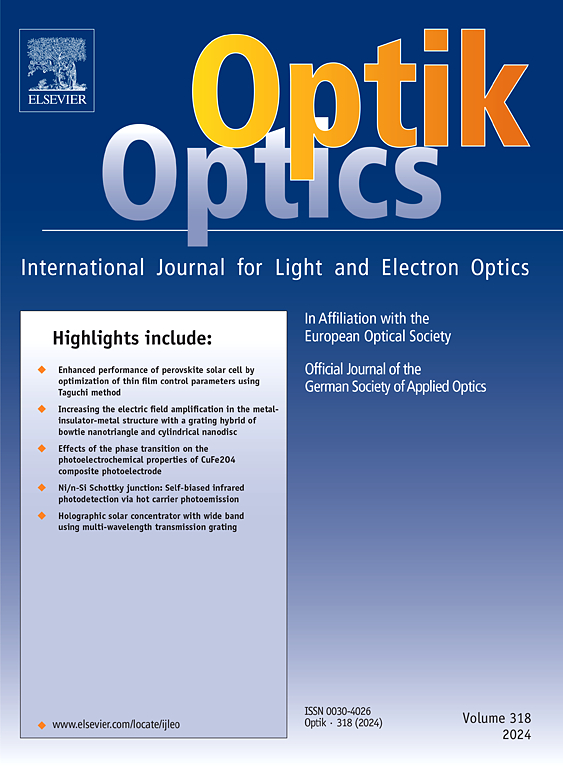High-precision liquid crystal cell gap estimation via machine learning
IF 3.1
3区 物理与天体物理
Q2 Engineering
引用次数: 0
Abstract
Liquid crystal (LC) cell gap measurement is crucial for determining key electro-optical properties, but traditional methods are often time-consuming and complex. In this study, we present the application of a multilayer perceptron (MLP) model for predicting empty LC cell gaps using spectral data. The proposed MLP model achieves high predictive accuracy, with correlation coefficients exceeding 0.99 and a mean squared error (MSE) of approximately 0.6 across various conditions. Different training algorithms, activation functions, and weight decay parameters were systematically tested to optimize performance. Experimental results showed that the MLP model achieved low MSE values while maintaining robustness under varying random seeds and train-test split ratios, confirming its strong generalization capability. This approach simplifies the cell gap measurement process and highlights the potential of machine learning for advancing LC device characterization, offering a reliable and efficient alternative to conventional methods.
求助全文
约1分钟内获得全文
求助全文
来源期刊

Optik
物理-光学
CiteScore
6.90
自引率
12.90%
发文量
1471
审稿时长
46 days
期刊介绍:
Optik publishes articles on all subjects related to light and electron optics and offers a survey on the state of research and technical development within the following fields:
Optics:
-Optics design, geometrical and beam optics, wave optics-
Optical and micro-optical components, diffractive optics, devices and systems-
Photoelectric and optoelectronic devices-
Optical properties of materials, nonlinear optics, wave propagation and transmission in homogeneous and inhomogeneous materials-
Information optics, image formation and processing, holographic techniques, microscopes and spectrometer techniques, and image analysis-
Optical testing and measuring techniques-
Optical communication and computing-
Physiological optics-
As well as other related topics.
 求助内容:
求助内容: 应助结果提醒方式:
应助结果提醒方式:


